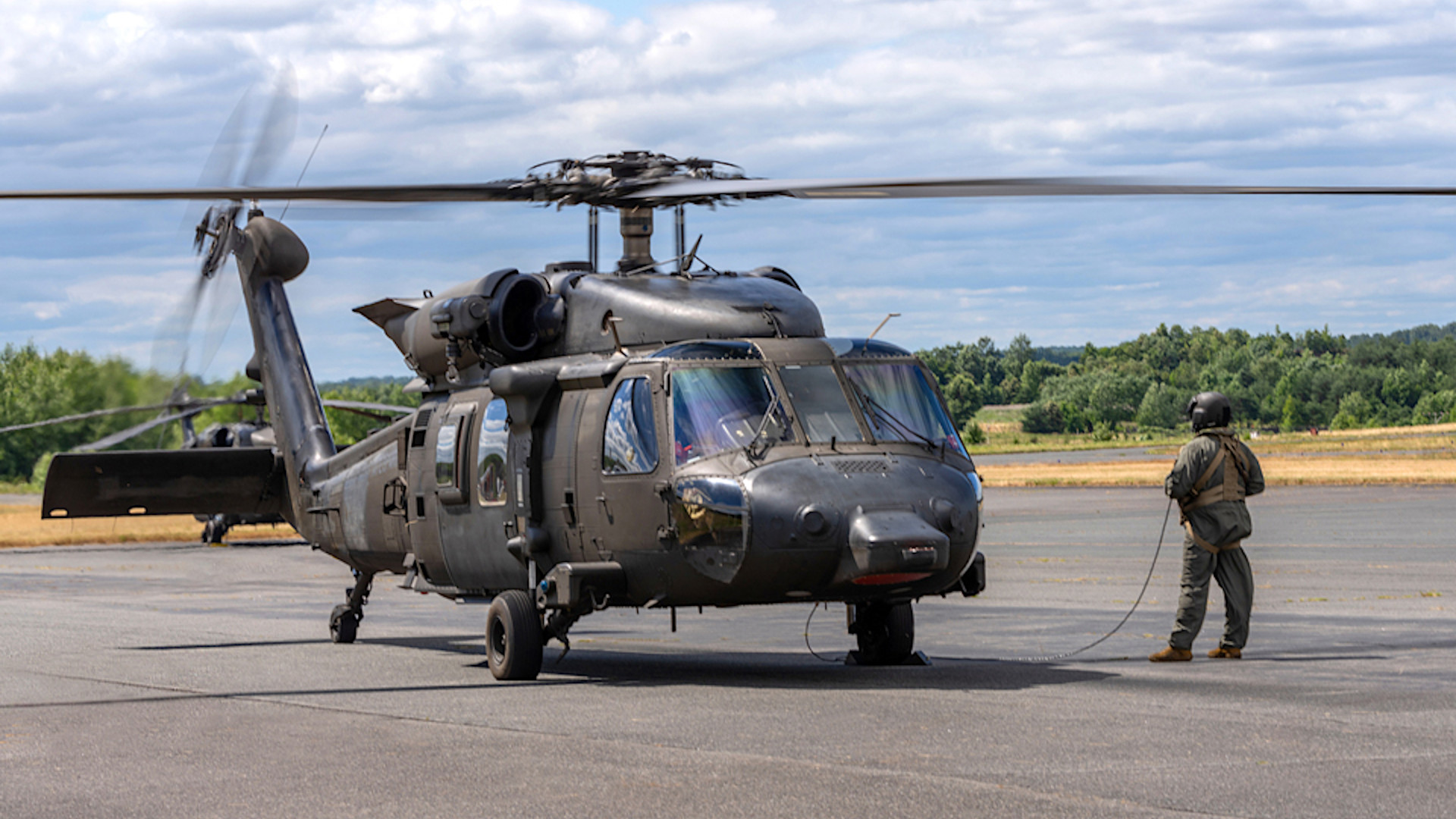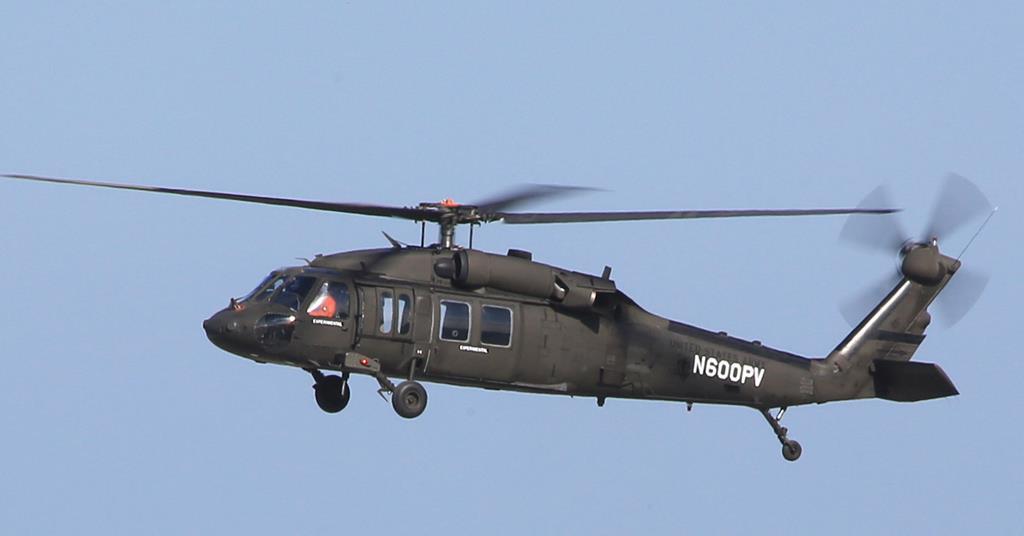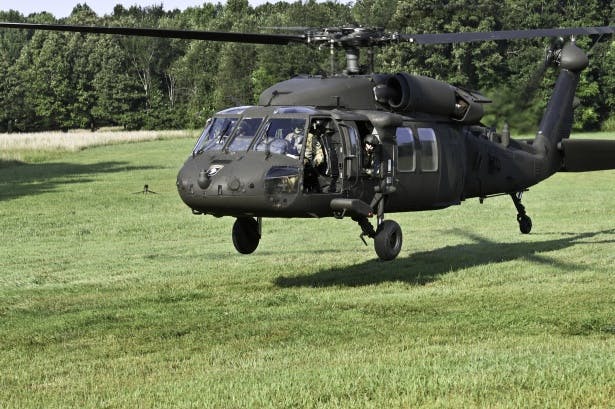Understanding the UH 60: Design, History, and Its Impact on Military Aviation
Understanding the UH 60: Design, History, and Its Impact on Military Aviation
Blog Article
Checking Out the Background and Advancement of the UH 60 Helicopter

Origins of the UH-60
The origins of the UH-60 helicopter can be traced back to the late 1960s, a period noted by the demand for a versatile utility airplane that can adapt to the progressing needs of modern warfare. The U.S. Military acknowledged the need for a replacement for the older UH-1 Iroquois, which was becoming significantly insufficient for the complexities of modern battle scenarios. In 1967, the Army initiated the Utility Tactical Transportation Airplane System (UTTAS) program, which looked for to create a multi-role helicopter efficient in various goals, consisting of troop transport, clinical evacuation, and logistical support.
The style competition attracted several aerospace manufacturers, but it was Sikorsky Airplane Firm that inevitably safeguarded the agreement in 1972. The UH-60 Black Hawk was introduced, showcasing innovative design elements and progressed modern technology that established it besides its predecessors. Its maiden trip happened in 1974, and the aircraft was formally embraced by the Army in 1979. The UH-60 quickly obtained acknowledgment for its robust performance, reliability, and adaptability, paving the means for its comprehensive use in military operations and solidifying its condition as a cornerstone of united state Army aviation.
Trick Design Features
Cutting-edge design attributes of the UH-60 Black Hawk substantially add to its operational performance. One of one of the most noteworthy facets is its twin-engine configuration, which improves integrity and offers a higher power-to-weight ratio, making it possible for the helicopter to perform under different problems. The aircraft's four-blade primary blades system offers enhanced lift and ability to move, vital for tactical goals.

Furthermore, the cabin is created for optimum exposure and ergonomics, featuring advanced avionics that simplify pilot operations. The modular design of the UH-60 enables easy upkeep and versatility, making it appropriate for various goal accounts, from army transport to medevac operations. These crucial style attributes make sure that the UH-60 Black Hawk stays a reliable and flexible asset in army aeronautics, qualified of satisfying the demands of modern-day war.
Technological Improvements
Current technological developments in the UH-60 Black Hawk have considerably boosted its operational capacities and versatility. The combination of innovative avionics, such as digital trip control systems and improved situational recognition displays, allows pilots to operate with enhanced precision and performance. These systems help with enhanced navigation, communication, and information sharing, making it possible for the helicopter to operate effectively in diverse environments.
In addition, the introduction of composite materials has lowered the overall weight of the aircraft while preserving structural integrity. This reduction enhances fuel effectiveness and expands operational range. The incorporation of innovative blades innovation, including the use of four-blade, fully expressed blades systems, has actually improved lift performance and ability to move, allowing for better handling in various trip conditions.

Moreover, innovations in propulsion systems, such as the T700-GE-701D engines, have actually raised power outcome and reliability - uh 60. These engines contribute to superior efficiency in hot-weather and high-altitude problems
Finally, the integration of self-defense systems and improved sensor packages improves the Black Hawk's survivability and objective performance. Collectively, these technological improvements guarantee that the UH-60 Black Hawk continues to be an important possession in modern-day air travel, capable of adapting to the evolving demands of altruistic and armed forces objectives.
Role in Armed Force Procedures
As the backbone of U.S. Army air travel, the UH-60 helicopter plays a crucial role in different army procedures, working as a flexible platform for fight support, transport, and medevac missions - uh 60. Its layout includes the ability to run in diverse atmospheres, making it essential for army movement and logistical assistance in both traditional and non-traditional warfare

In clinical discharge scenarios, the UH-60 has proven invaluable, significantly lowering the moment to deliver injured soldiers from the combat zone to clinical facilities. Its sophisticated avionics and evening vision capacities even more make sure mission success under difficult problems. Generally, the UH-60 helicopter remains a crucial property, continuously adapting to meet the advancing demands of armed forces operations and boosting the performance of U.S. pressures worldwide.
Future of the UH-60
Looking ahead, the future of the UH-60 helicopter involves significant advancements in technology and capabilities made to enhance its operational performance. As military procedures develop, the UH-60 is anticipated to include sophisticated modern technologies, including enhanced avionics, enhanced weapons systems, and progressed interaction devices. These enhancements will enable higher my latest blog post situational understanding and mission adaptability, making sure that the UH-60 stays an essential asset on the field of battle.
One notable advancement is the integration of fly-by-wire systems, which will improve trip control precision and lower pilot workload. Moreover, initiatives to update the airframe and engines aim to increase range, haul, and speed ability, consequently increasing the helicopter's functional extent (uh 60).
The future also holds promise for boosted interoperability with unmanned aerial systems (UAS), enabling coordinated missions that leverage both manned and unmanned abilities. Furthermore, the unification of expert system and artificial intelligence might maximize flight dynamics and upkeep processes, leading to lowered operational prices.
Conclusion
The UH-60 Black Hawk helicopter represents a significant achievement in army air travel, evolving from the U.S. Military's first needs for a flexible utility airplane. Its cutting-edge design features and continual technical improvements have ensured its significance in various military procedures over the decades. As the needs of modern warfare adjustment, the future of the UH-60 will likely entail more enhancements and adjustments, enhancing its status as an essential property for armed pressures worldwide.
The UH-60 Black Hawk helicopter stands for a considerable turning point in armed forces air travel, arising from the U.S. Military's mission for an extra trusted and flexible utility aircraft in the late 20th century.The origins of the UH-60 helicopter can be mapped back to the late 1960s, a period marked by the need for a versatile utility airplane that can Bonuses adjust to the advancing demands of modern warfare. On the whole, the UH-60 helicopter continues to be a vital asset, other continuously adapting to fulfill the advancing needs of army procedures and enhancing the performance of U.S. pressures worldwide.
Looking ahead, the future of the UH-60 helicopter includes significant advancements in innovation and abilities made to enhance its operational effectiveness.The UH-60 Black Hawk helicopter represents a significant achievement in armed forces air travel, progressing from the United state Military's initial needs for a flexible utility airplane.
Report this page